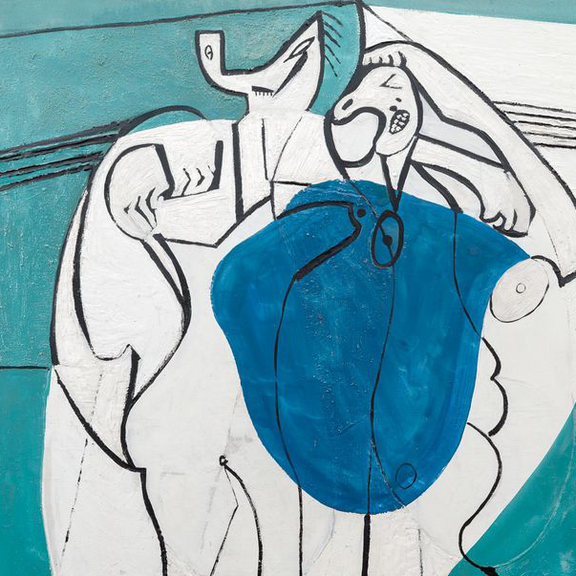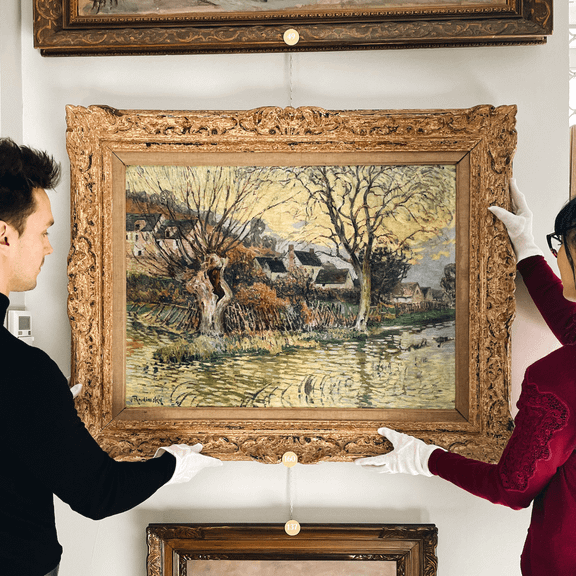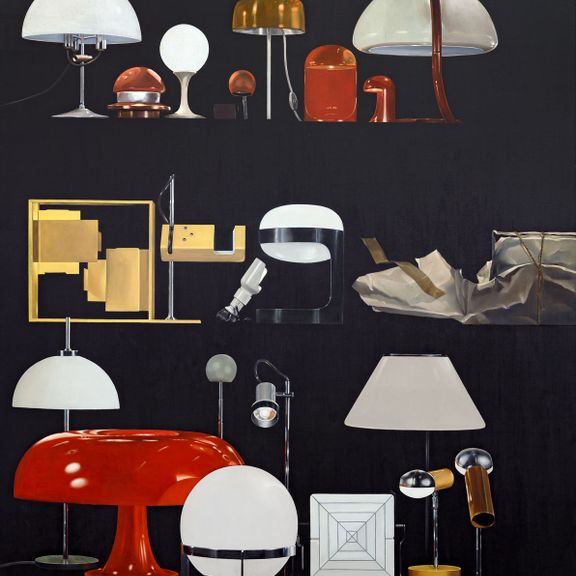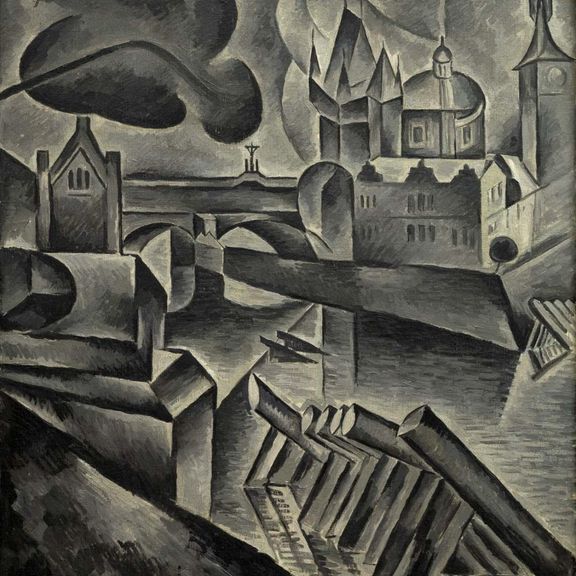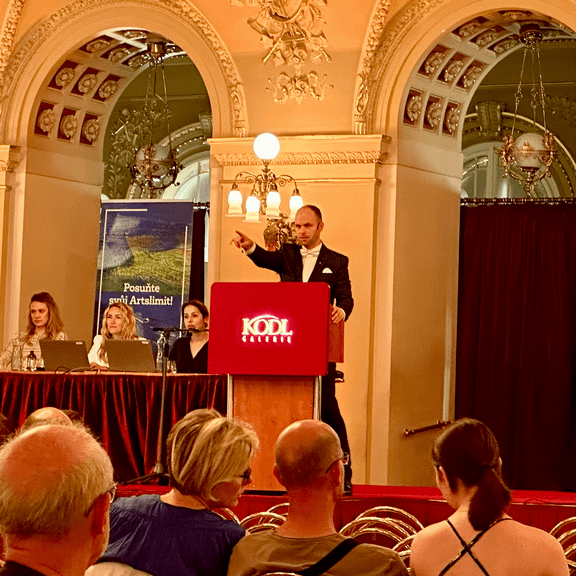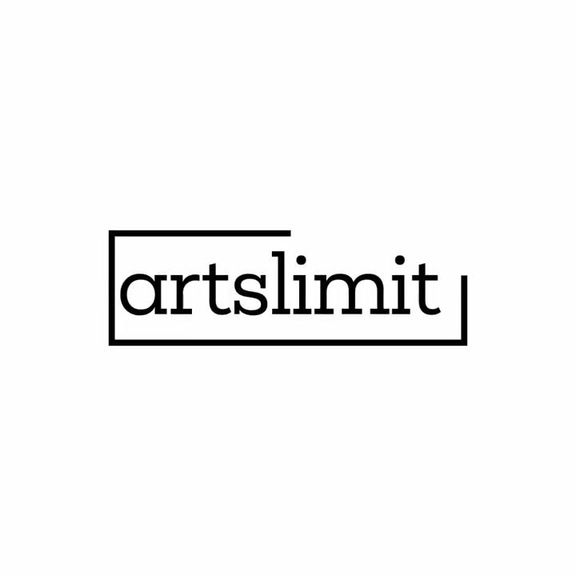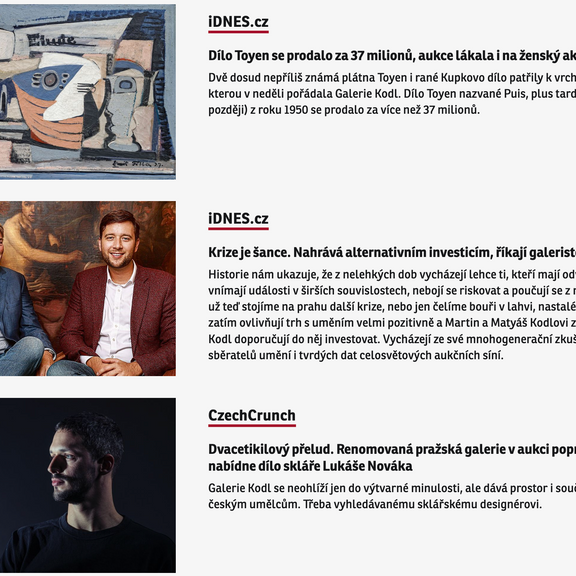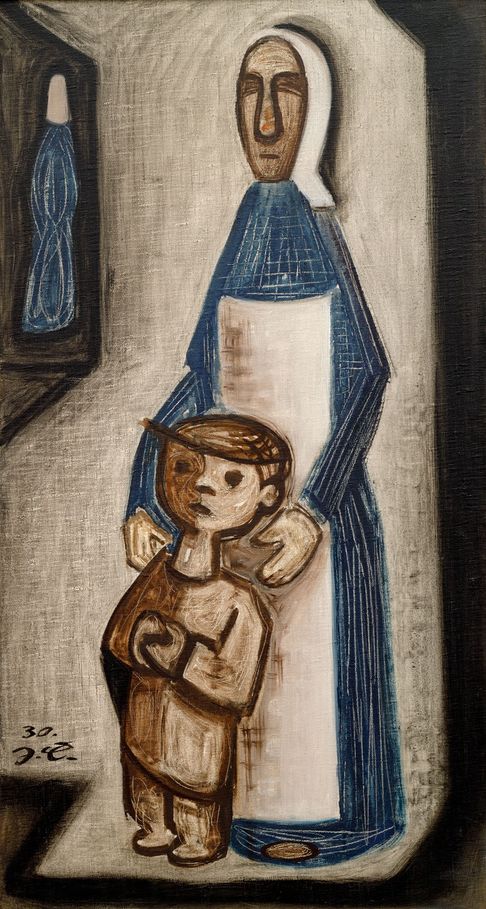
oil on canvas
1930
lower left
90 × 48 cm
framed
Estimate: 6,000,000 CZK – 9,000,000 CZK
Starting price: 4,000,000 CZK Final price: 18,000,000 CZKThis masterful painting entitled Boy from the Street originally came from the room of Karel Čapek’s flat, which served as a meeting place for the Czech intellectual and political circle called The Friday Men (Pátečníci), as evidenced by many period photographs. From the summer of 1930, Orava became a new place of inspiration for Josef Čapek, where he regularly travelled with his family until the time of the protectorate. These stays had a major impact on his further artistic development. The artist found an ideal model of life there following the rhythm of nature; a world based on basic human values, ancient traditions, and family. Man has thus definitely become the centre of his interest, as he himself best described in one of his statements: “After all, what is the content of every art but man? That means […] each of us; this world in the midst of the immense universe, all that has been and will be, and in what and what we are?” Focusing on elementary human values, everyday life, and the beauty of ordinary things was also reflected in the form of his artistic expression. The painting Boy from the Street is related to Čapek’s favourite children’s subject-matter, which was probably brought to him by the birth of his daughter Alenka in 1923, and the topic of a woman-mother, to which he devoted himself during his stays in Orava. He approached the topic with great sensitivity to the complicated relationship of a child without parents and his guardian. It was at this time that Čapek definitely turned to folk art and secularism and thus consciously turned away from avant-garde programmes based on self-defining and defining one’s own art boundaries. He opposed all utopian social concepts, which, in a revolutionary effort to define the art out of life, neglected everything human. He was convinced that the task of art is not to transform the world, but to seek its value and beauty in being itself. Despite the fact that Čapek never proclaimed any artistic revolution, he was always creating on the verge of illegality. Thanks to his immense emotional intelligence, his artworks up until today are important proof of the value of life in art.
The presented artwork has been published and reproduced many times, including in the monograph by Jaroslav Slavík and Jiří Opelík: Josef Čapek, published by Torst, Prague, in 1996 (pp. 408–409, 416, cat. No. 258). Then also in the collection Život [Life] (Život XI, 1929–1930, p. 62), in the jubilee publication of Jaromír Pečírka (Josef Čapek, edition Prameny, vol. 16, 1937, cat. No. 22), but also in his monograph from 1961 (Jaromír Pečírka: Josef Čapek, State Publishing House of Fine Literature, Music and Art in Prague, pp. 66–67, cat. No. 92). In the book Chapters from the History of Collecting in Bohemia and Moravia in Lubomír Slavíček’s article is the painting captured in its original place, in the apartment of Karel Čapek (p. 242, cat. No. 230). It was also part of several important exhibitions of the artist. In 1931 it was exhibited in Prague in the Municipal House at the Umělecká beseda members’ exhibition (cat. No. 13), in 1946 again at the exhibition organised by Umělecká beseda in Prague, but this time it was a solo exhibition The Work of Josef Čapek: Paintings – Drawings – Graphics – Theatre (cat. No. 125) and in 1960 at a solo exhibition The Work of Josef Čapek (cat. No. 128) in the Brno House of Arts. The National Gallery exhibited it in 1979 (cat. No. 133), the Gallery of the Capital City of the SSR Bratislava in 1981 (cat. No. 61) and in 1988 it was part of the exhibition The Phenomenon of Childhood in the Work and Life of Josef Čapek (cat. No. 16). The work comes from the artist’s estate and is titled on the reverse by the author: “Josef Čapek / Boy from the Street 1930”. Assessed during consultations by prof. J. Zemina and PhDr. K. Srp. The expertise by PhDr. P. Pečinková, CSc., is attached.
